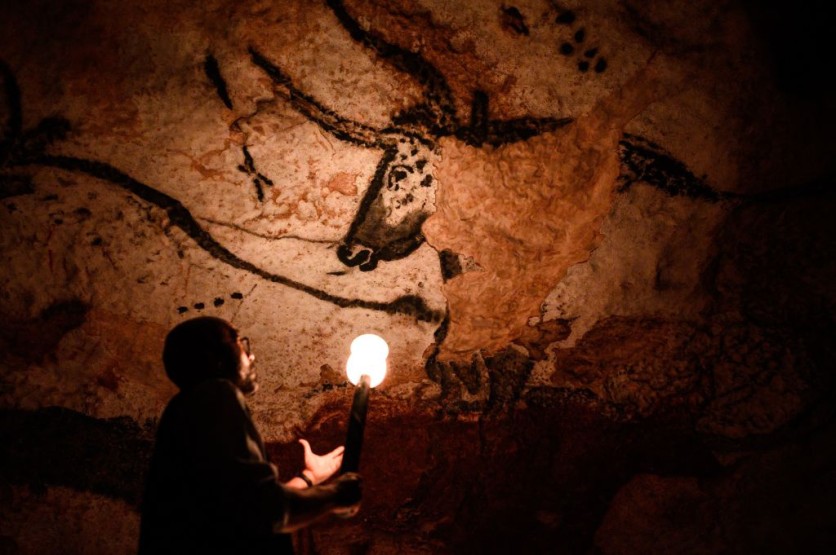A new study claims that European Ice Age hunter-gatherers relied on cave markings to remember details about the animals living in their environment, reported first by BBC.
The marks discovered on 20,000-year-old paintings were believed to have meaning but they have not been fully understood until now.
Future conservator Ben Bacon was the first person to discover the relation of the markings to animal life cycles, he then collaborated with professors from Durham University and University College London to learn more about the discovery.

"Proto-Writing" System
Bacon studied illustrations of cave paintings and analyzed data to decode the meaning behind the ancient markings. His team claims that they are called a "proto-writing" system which may trace its roots 1,000 years ago during the Near Eastern Neolithic.
The markings were drawn from more than 600 Ice Age pictures across Europe, uncovering a plethora of information and references to a calendar.
The patterns of dots, forms, and other markings are depicted alongside images of animals including such as fish, horses, cattle, reindeer, and bison.
The team determined that the number of marks was recorded by lunar month, depicting the time when animals breed using the birth cycles of contemporary equivalent animals as a guide.
Bacon gathered various data from information and images of cave art that were available online and through the British Library before he started seeking recurring patterns.
Durham University professors Paul Pettitt and Robert Kentridge have collaborated to develop the area of visual palaeopsychology - the study of the psychology behind the earliest stages of human visual culture.
The findings, according to Prof. Pettitt, demonstrate that Ice Age hunter-gatherers were the first to utilize a systematic calendar and marks to store data about significant ecological events in that calendar.
Read Also : Rare Comet That Appeared During Ice Age Will be Visible This 2023! Here's How You Can See It
Mental Time Travel
Prof Kentridge noted that Ice Age hunter-gatherers may have recorded memories of the time when events took place and used them to predict when will similar situations will take place in the future. He calls this a "mental time travel."
Upper Palaeolithic Homo sapiens populations drew, painted, and etched non-figurative signs beginning at least 42,000 years ago in around 400 European caves, including Lascaux, Chauvet, and Altamira, as well as figurative images from 37,000 years ago.
"Our data indicate that the purpose of this system of associating animals with calendar information was to record and convey seasonal behavioral information about specific prey taxa in the geographical regions of concern," the team wrote in their abstract.
"We suggest a specific way in which the pairing of numbers with animal subjects constituted a complete unit of meaning-a notational system combined with its subject-that provides us with a specific insight into what one set of notational marks means. "
The team adds that this gives them the first specific reading of European Paleolithic communication, which is the earliest known writing among Homo sapiens.
The study's findings are published in the Cambridge Archeological Journal.
Related Article : Archaeologists Unearth 14 Pointy Stones that May Have Been the Oldest Weapons in the Americas

ⓒ 2025 TECHTIMES.com All rights reserved. Do not reproduce without permission.




